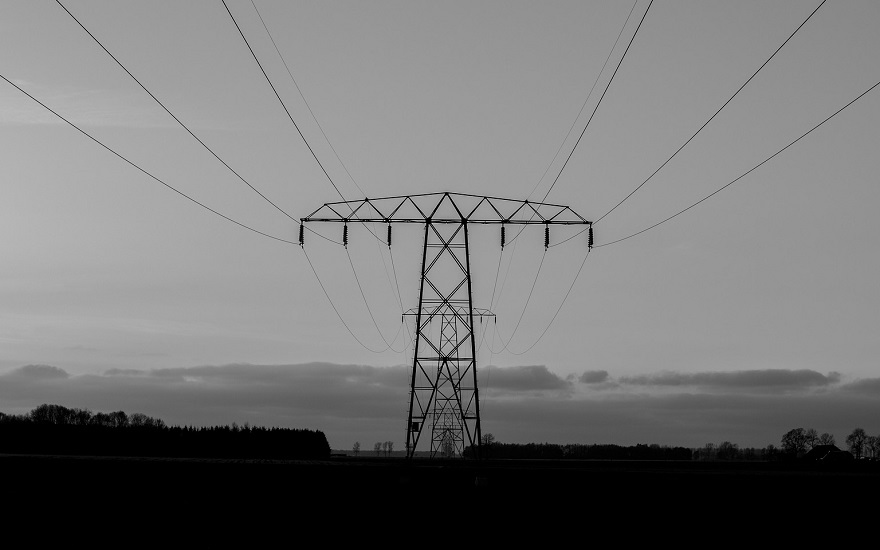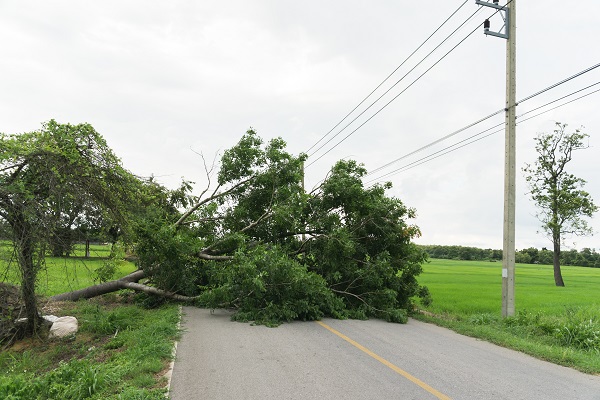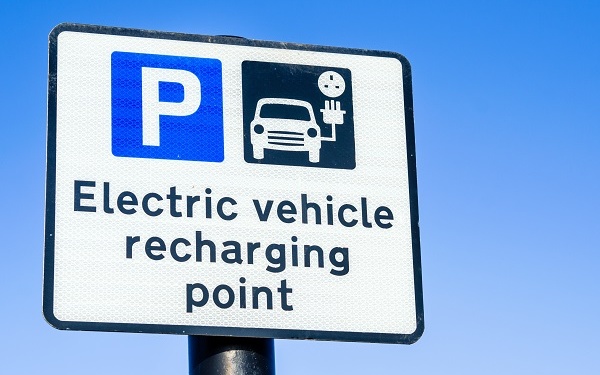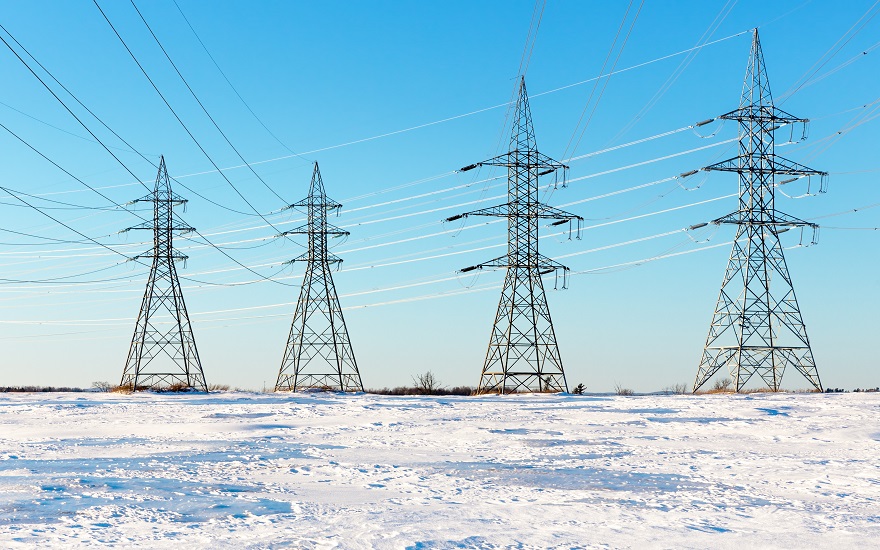What steps are Britain’s network operators taking to minimise the risk posed by the spread of coronavirus?
With the UK on lockdown, what challenges do the electricity sector face in order to keep the lights on? Many energy-intensive businesses such as factories and shops have closed, while offices up and down the country are empty as millions of us work from home.
National Grid ESO Director Fintan Slye has reassured the public that the network operator has “well-developed procedures in place to manage the effects of a pandemic” such as coronavirus.
One consequence of the shutdown and asking people to remain at home is that electricity demand is dropping.
While domestic demand grows as the self-isolating population turns on the TV or uses their laptop to work remotely, the requirement for power from industry has decreased significantly.
An online Q&A with National Grid control room staff Rob Rome and Jean Hamman revealed demand on Monday 30 March was around 10% less compared to a typical day prior to the coronavirus outbreak.
This mirrors a similar trend in other affected countries such as Italy and Spain, where electricity demand has fallen by as much as 15%.
“It’s just as important for us to manage lower demand for electricity as it is to manage peak demands. It’s a different set of challenges that we plan for and are used to dealing with.”
– Roisin Quinn, National Grid ESO Head of Control Room
Balancing The Grid With Reduced Demand For Power
National Grid is well-versed to dealing with periods of lower demand, particularly during summer months. Its experts are used to maintaining frequency and voltage at safe levels and managing inertia, the system’s “shock absorber” that helps ensure stability.
One knock-on effect of this period of reduced demand is that renewable generation is likely to make up a larger proportion of the overall energy mix.
With a reduced reliance on coal and gas, the operator will need to turn to other tools and techniques to keep the system stable.
One method is working with flexible electricity generators such as large wind farms and interconnectors to reduce their output.
National Grid also mentions it can draw on storage providers to increase demand by using excess energy to pump water to an upper reservoir.
What Are The DNOs Doing?
Distribution Network Operators (DNOs), the companies that ensure electricity gets to our homes and businesses, are also putting in place contingency plans.
SP Energy Networks, which serves Cheshire, Merseyside, North Wales and large parts of Scotland, has introduced special measures to protect supplies to critical sites such as hospitals, nursing homes and food supply chain businesses.
It is also committed to carrying out critical maintenance and repair work, with a priority on solving power cuts and urgent safety issues. However, planned network upgrade projects are put on hold.
Other DNOs are enacting similar procedures and have already implemented remote working were possible and social distancing for critical frontline operational staff.
“We have one of the most reliable electricity networks in the world, supported by stringent contingency plans and a workforce of 36,000 people.
“We’re keeping your energy flowing during the coronavirus pandemic and the network is operating exactly as it should.
– David Smith, Chief Executive of Energy Networks Association
New Ground For New York Grid Workers
Across the Atlantic, grid operators in New York state have asked more than 30 workers to move into a pair of critical control centres in Albany.
The New York Independent System Operator (NYISO) believes having two crews of grid operators living 24-7 at the two facilities is the best way to keep the power flowing.
“We have never done this before. We drilled for this stuff, we’ve had plans in place for different types of sequestration. This is pretty unprecedented in our history.
“We are the first grid operator to actually put the plan into motion, to move the operators onsite, and that’s primarily because of the very high rate of infection that New York state is seeing, where it’s much higher than in other parts of the country.”
– Richard Dewey, Chief Executive Officer for NYISO
Other operators across the United States and Canada are closely monitoring NYISO’s experiences in anticipation of having to implement similar measures as Coronavirus spreads.




